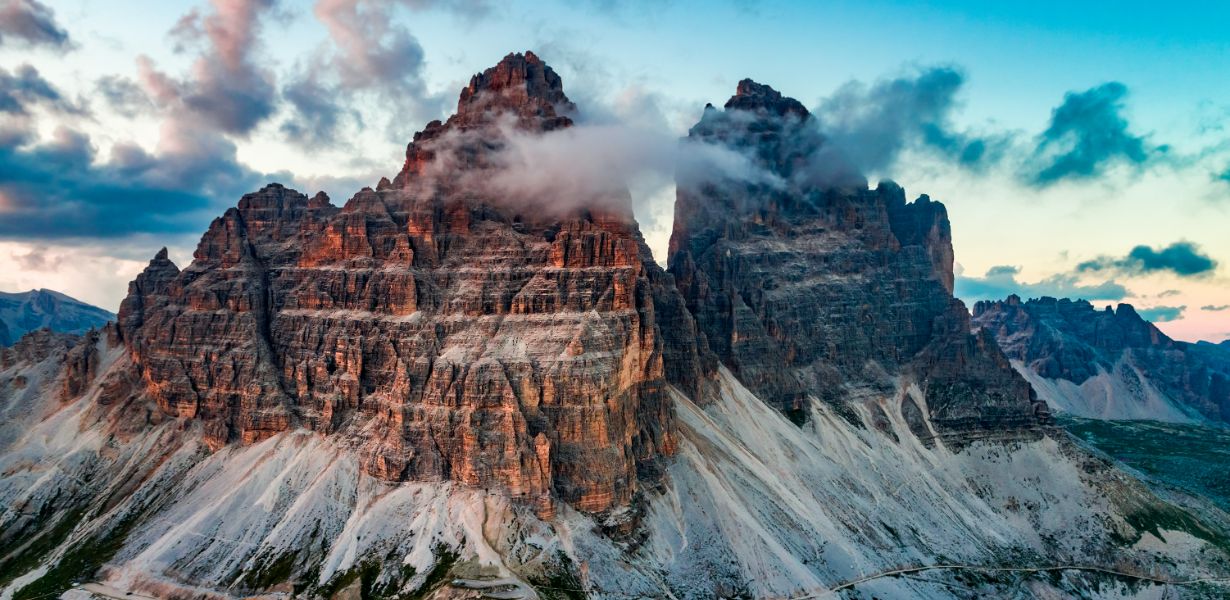
In today's world, where environmental consciousness is on the rise, individuals are seeking sustainable experiences, even in the vast wilderness. As we delve into the heart of National Park Trails, the synergy between nature and sustainability unfolds. This blog explores the intrinsic connection between sustainability and the wilderness, unlocking the secrets of harmonious coexistence with Mother Nature.
The Essence of National Park Trails
Our journey commences with an understanding of the National Park Trails, hidden treasures that showcase the majesty of unspoiled landscapes. These trails not only captivate the soul but also provide a unique platform to champion the cause of sustainability. National Park Trails are a paradise for outdoor enthusiasts. It's important to understand that these trails are more than just scenic routes; they serve as a sanctuary for wildlife and ecosystems. The main focus keyword here is “National Park Trails.”
Preserving Biodiversity in the Wilderness
The wilderness is teeming with life, and one of the vital aspects of sustainability is the preservation of biodiversity. National Park Trails are home to diverse flora and fauna, some of which are endangered. Conservation efforts play a pivotal role in maintaining this delicate balance.
Responsible Hiking and Camping Practices
Sustainability in the wilderness starts with responsible exploration. Hikers and campers are encouraged to follow Leave No Trace principles, minimizing their environmental impact. These practices ensure that future generations can enjoy the beauty of the wilderness as well.
Sustainable Infrastructure Development
To make National Park Trails accessible without harming the environment, sustainable infrastructure development is crucial. Building eco-friendly visitor centers, boardwalks, and camping facilities helps reduce the human footprint.
Waste Management Strategies
An essential part of sustainability is effective waste management. National Park Trails implement eco-friendly waste disposal practices, reducing the pollution of pristine wilderness areas.
Water Conservation Efforts
Freshwater sources are lifelines for both wildlife and visitors. National Park Trails are diligent in their water conservation efforts, ensuring that these resources remain abundant and pure.
Education and Awareness
Raising awareness about sustainability in the wilderness is pivotal. National Park Trails offer educational programs, guiding visitors on the importance of preserving these precious ecosystems.
Indigenous Wisdom and Sustainability
Indigenous communities have lived in harmony with the wilderness for centuries. Their wisdom and practices offer invaluable lessons on sustainable living, inspiring us to reconnect with nature.
Wildlife Protection and Rehabilitation
National Park Trails take active measures to protect wildlife and rehabilitate injured or orphaned animals. This commitment ensures the survival of these species in their natural habitat.
Sustainable Tourism and Local Economies
Sustainable tourism plays a significant role in promoting local economies. Visitors' contributions support communities living near National Park Trails, creating a symbiotic relationship.
Final Words
In the realm of National Park Trails, sustainability is not just a concept; it's a way of life. The synergy between pristine landscapes and responsible exploration is a testament to the dedication to protect our natural wonders. Together, we can champion sustainability in the wilderness and ensure these treasures endure for generations to come.
Commonly Asked Questions
Q1: Are National Park Trails suitable for all levels of hikers?
A1: Yes, National Park Trails offer a wide range of difficulty levels, making them accessible to hikers of all experience levels.
Q2: How can I contribute to wildlife conservation on these trails?
A2: You can support wildlife conservation by donating to park foundations, participating in volunteer programs, and adhering to responsible hiking practices.
Q3: Are there any specific National Park Trails known for their sustainability efforts?
A3: Yes, some trails, like the Pacific Crest Trail and the Appalachian Trail, are renowned for their sustainability initiatives.
Q4: Can I camp along National Park Trails, and if so, what are the guidelines?
A4: Camping is allowed on many trails, but it's essential to follow park-specific camping guidelines and Leave No Trace principles.
Q5: How can I get involved in sustainability efforts along these trails?
A5: You can get involved by joining conservation organizations, participating in clean-up events, and advocating for sustainable practices among fellow hikers.





